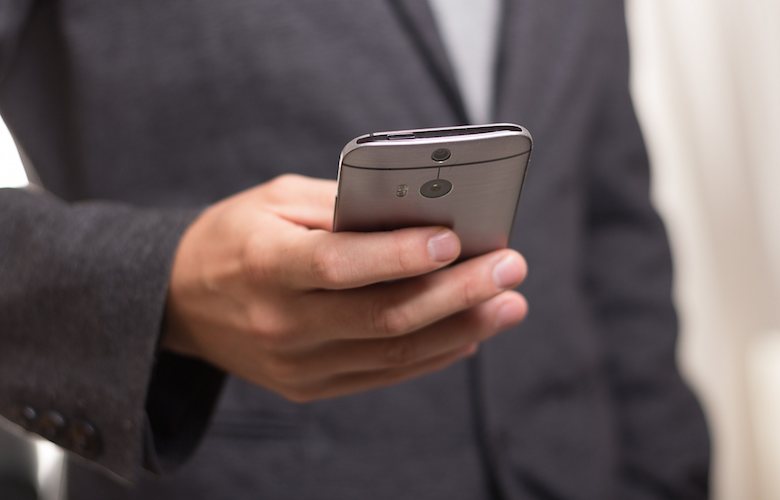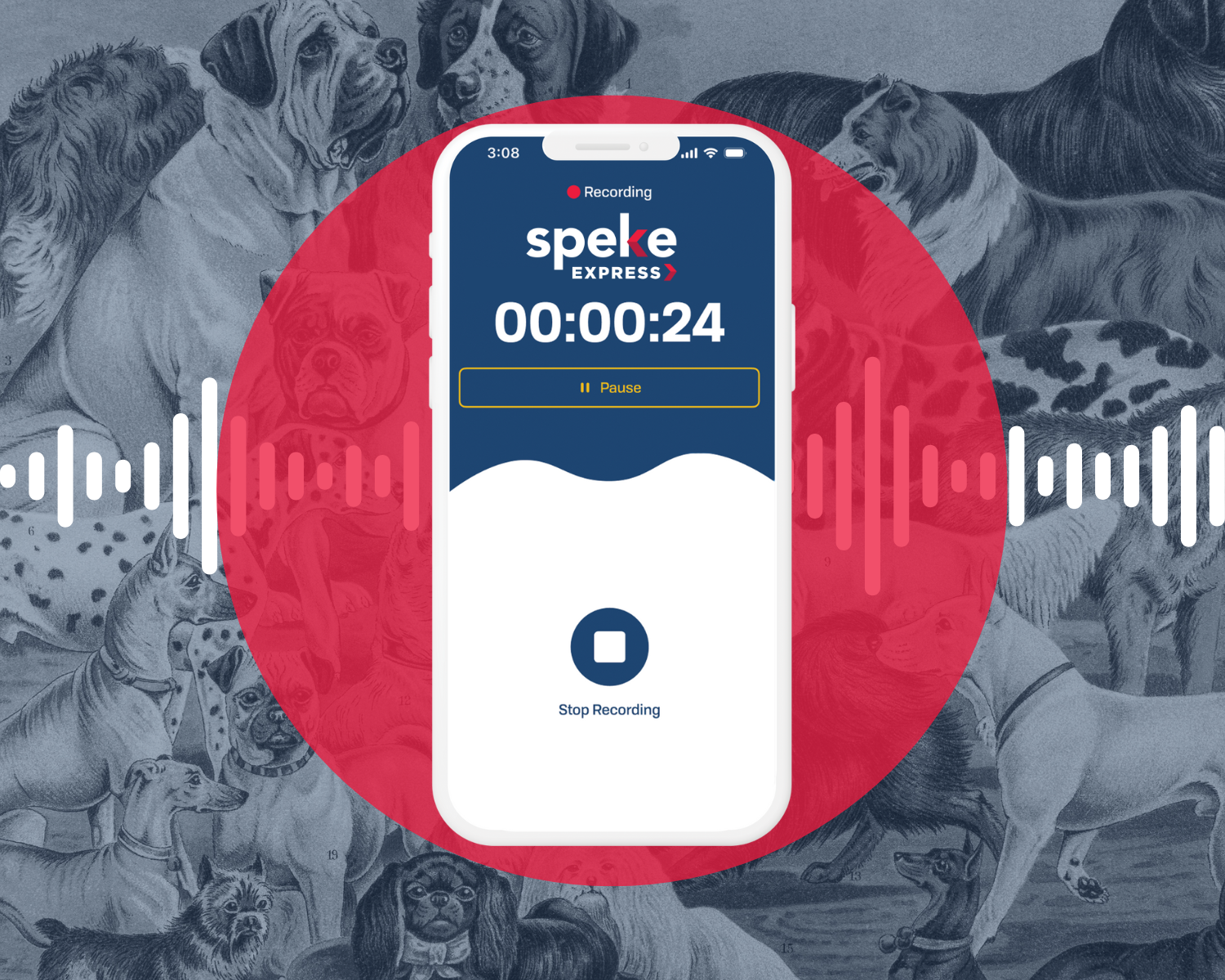When you think of information technology (IT) in healthcare, you might think of the usability and exchangeability headaches that seem to inevitably have come with the implementation of electronic health records (EHRs). But IT has also given us a greater ability than ever before to share and communicate information between providers, and to disseminate information to patients and potential patients — so it’s not all bad.
As technology is increasingly used across healthcare — and more innovations are in the pipeline — we’ll surely continue to have a give and take. But, for now, let’s focus on the positive potential of three technologies that are changing healthcare.
1. Telemedicine
Telemedicine is a boon to patients in remote locations, or even those affected by disasters. Tele-consultation can let a physician diagnose and prescribe treatment, provide education and continue to monitor a condition’s progress where travel times or other lack of access could otherwise result in worsening health. Tele-surgery is even possible now. Each of these benefits has great potential to reduce waiting times, costs and travel, and improve the quality of care patients receive as well as their access to care.
But telemedicine isn’t just for these kinds of situations. Perhaps more mundanely — but no less importantly — telemedicine can be used to give patients access to more run-of-the-mill physician appointments. For example, a child with a sore throat can be seen almost immediately by a doctor, without the parent having to take her out, navigate transportation and sit in a waiting room. And that’s if the family doctor has an appointment. Other patients would show up at the emergency room, an expensive and wasteful option for everyone involved.
Cameras for home computers are very advanced, and by instructing the patient or carer how to angle it, they can get a good look at what’s going on in most cases. In one profile, “by the end of a 13-minute exam, which cost $40, [the patient] was diagnosed with viral sinusitis and her prescriptions were sent to a nearby pharmacy electronically.” That’s often cheaper than or near enough to the patient’s co-pay that, combined with speed and convenience, it’s a no-brainer.
2. Cell phones
In recent years, cell phones in healthcare have gotten a lot of headlines for the wrong reasons, usually linked to invasion of patient privacy, distracted doctors and nurses, or ill-advised selfies in the operating room. However, “smartphones can provide assistance during care, letting staffers view patient information and lab results on the fly or communicate with colleagues in other parts of the hospital during a surgery” — all of which can make a difference, possibly even between life and death.
Smartphones can also be used to deliver telemedicine where patients don’t have access to a computer, and can let patients schedule appointments or even house-calls for minor injuries that don’t need an ER, but can’t wait a week for a slot to open up at their doctor’s office. And there’s more to come. The Wall Street Journal (WSJ) reports that wireless sensors can work with a smartphone to generate “medical data, including measuring your blood-oxygen and glucose levels, blood pressure and heart rhythm. And if you’re worried that your child may have an ear infection, a smartphone attachment will let you perform an easy eardrum exam that can rapidly diagnose the problem without a trip to the pediatrician.” Further innovations may even let patients perform their own routine lab tests, such as blood electrolytes, liver and kidney function, and breath and urine analyses, with attachments that plug into smartphones, says the WSJ.
These kinds of innovations will cut costs, prevent unnecessary in-person visits and increase convenience for patients, physicians and facilities alike.
3. Healthcare apps
Apps can be used to securely record and transmit results from attachments or wireless wearable sensor technology. Patients can access their medical records, enhancing portability and making them more engaged in their care. The WSJ article also notes that cost-transparency apps can let patients compare hospitals and doctors, choosing to have their care provided where they can best afford it.
Between healthcare providers, an app known as the “Instagram for doctors” lets professionals share photos and consult with one another. This crowd-sourcing of expertise can increase the accuracy of diagnoses, particularly in rare conditions or seemingly mismatched presentation of symptoms.
And healthcare companies are taking advantage, too. National pharmacy chain Walgreens plans to offer a smartphone app that will link doctors and patients in 25 states. The app will provide telemedicine visits and speed prescription ordering and filling. Health insurers are also getting on board, so it’s just a matter of time before apps become the norm and not a cutting-edge exception.
All these advancements can help healthcare providers become more cost- and time-efficient, while better serving patients. But the health IT revolution doesn’t remove the need for the human touch. Good bedside manner, paying full attention to your patients, and providing quality care are still the responsibility of individual physicians — think of it as an opportunity to differentiate yourself in a sea of screens.



